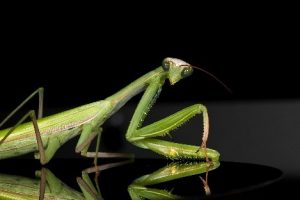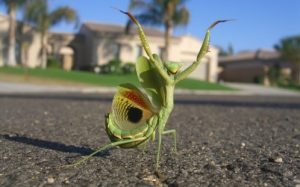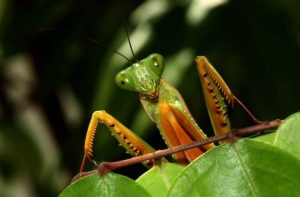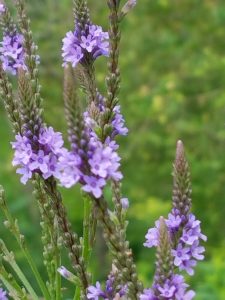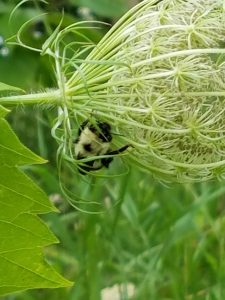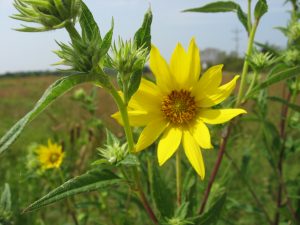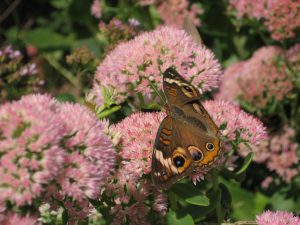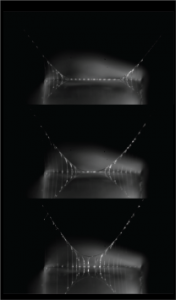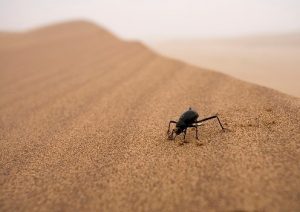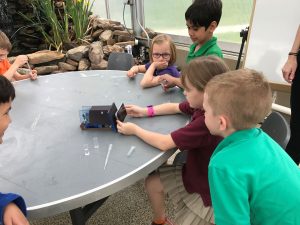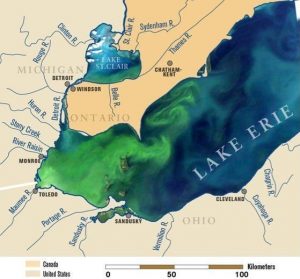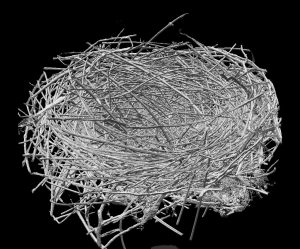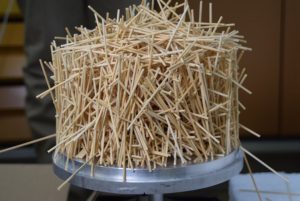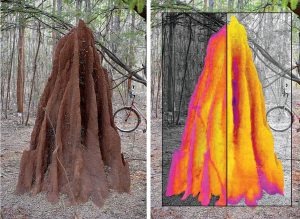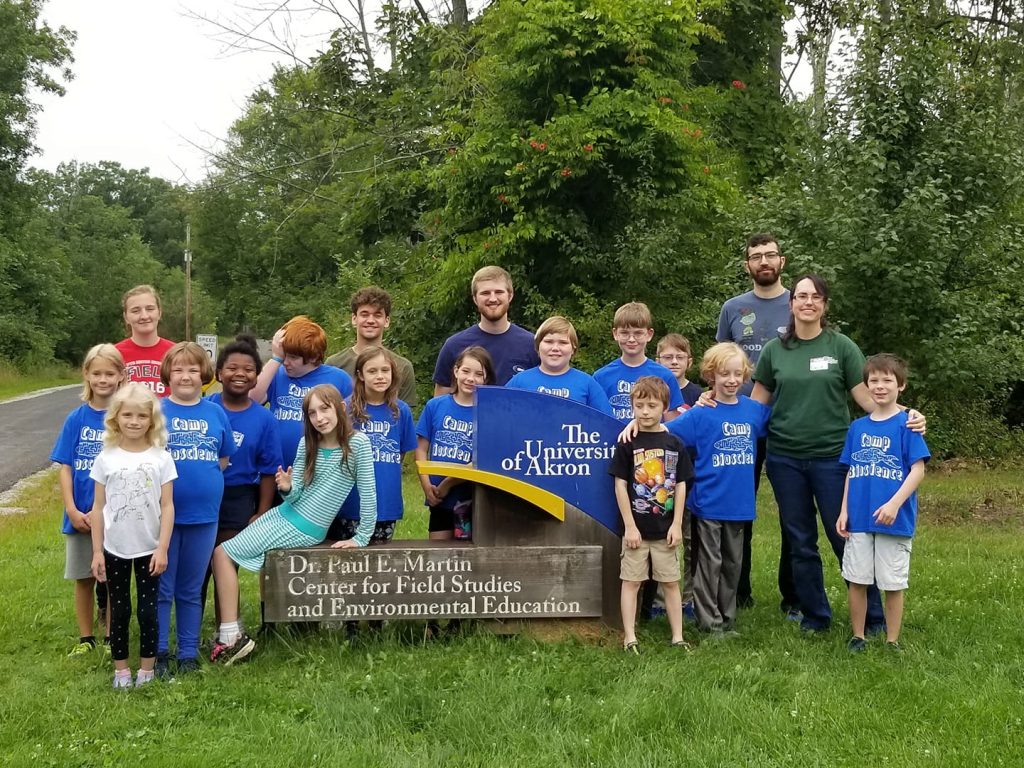[Past Projects]
Dr. Hazel Barton and Olivia Hershey
The lakes of Wind Cave National Park, South Dakota, are located 200 m under the surface of the Earth, and are more than 3 km from the nearest cave entrance. One defining feature of a deep cave environment is that it is aphotic- no sunlight is present in the subsurface, limiting the amount of energy input in the system. This limited energy input restricts the types of life that are able to grow in the environment, as most organisms rely on the sun and the products of photosynthesis for energy and nutrition. Despite this energy limitation, a diverse microbial community can be found in the lakes, including bacteria, archaea, and even viruses!
While we have learned a lot about this microbe-only ecosystem, there is still a lot left to discover: up to 40% of the bacteria we see remain unidentified (microbial dark matter); nearly half of the unidentified bacteria are smaller than the theoretical size limitation for life; and we have found bacteriophage (bacterial viruses) where none have been found before. I am seeking a student interested in helping me unravel the interaction of all of these elements that keep life in the lakes going. Potential projects include culturing (growing) microbes from the lakes, working with bacteriophage to determine how they affect the microbes around them, and working with data through bioinformatics techniques, including whole genome analysis and metagenomics.

